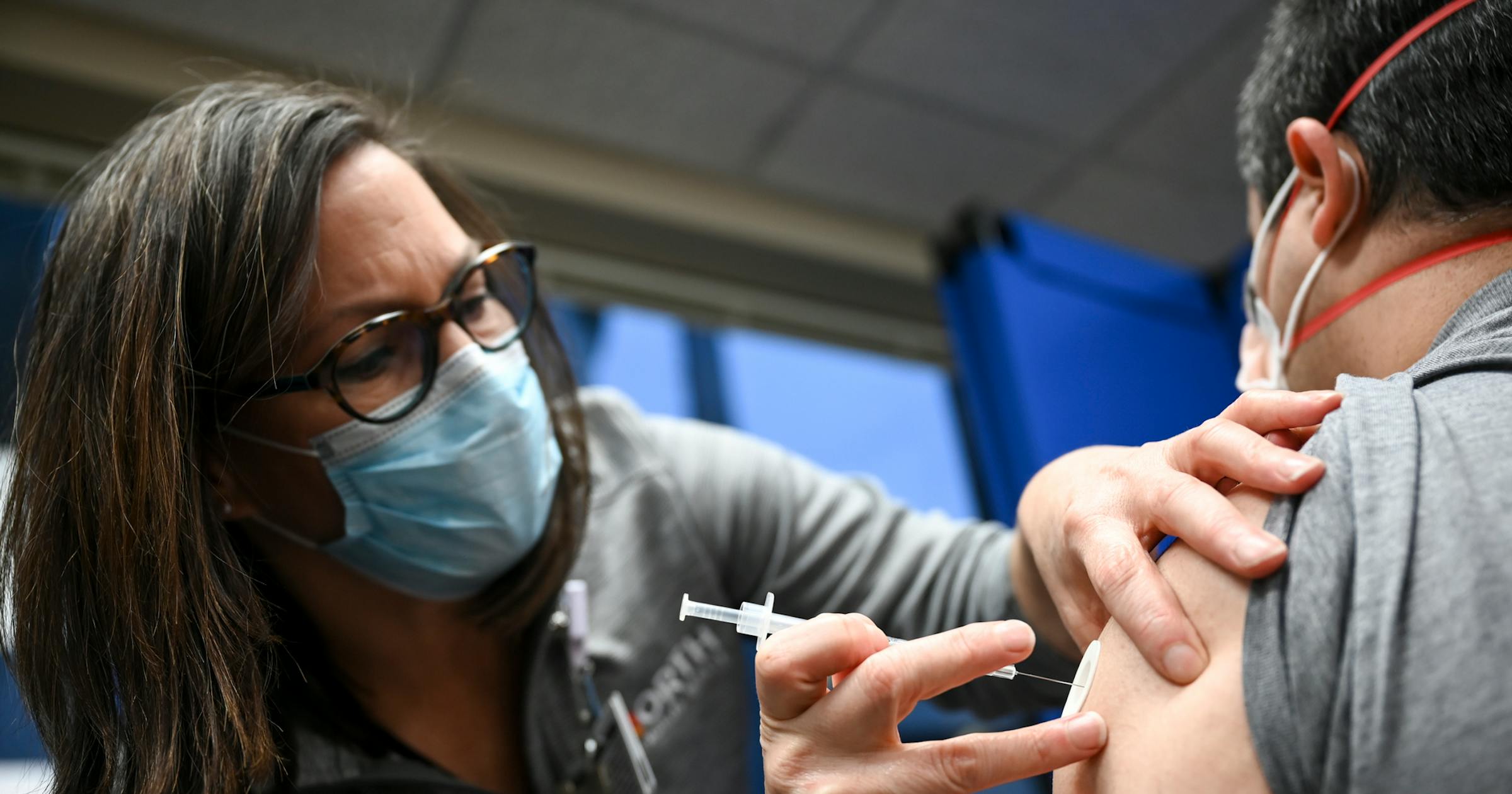Minnesota is one of five states where COVID-19 is not currently increasing measurably, but that may only be a matter of time, as Independence Day has been a hotbed of viral activity for the past four years.
Family gatherings and holidays provide opportunities for the spread of the coronavirus that causes COVID-19, especially the newest variants that can compromise the immune systems of people with previous infections and vaccinations, said Stephanie Meyer, supervisor of the Minnesota Department of Health’s COVID epidemiology division.
People who are sick should err on the side of caution and avoid close contact with others, even if they are not sure whether their symptoms are from COVID, a cold or the high grass pollen levels that have caused allergies this week, she said.
“If you’re thinking about visiting your grandmother in a nursing home, or someone who has a compromised immune system, it’s a good idea to stay away if you’re not feeling 100 percent,” she said, “because that’s how outbreaks happen. That’s how people spread disease to people who can’t handle it.”
COVID risks are not nearly as high as they were during the three years of the global pandemic. Viral levels found in Minnesota wastewater in late June were slightly higher than this time last year, but they were one-tenth of the viral levels found during the last significant wave of illness in February 2023.
Still, more than 330 Minnesotans were hospitalized with COVID in June, when the infectious disease was linked to at least 16 deaths, mostly among seniors, according to a state update Wednesday. COVID has remained more serious than influenza in the post-pandemic era. The state reported 165 flu-related deaths from October through mid-May, compared with 957 COVID deaths during the same period.
In three of the last four years, COVID levels bottomed out in late June, but levels rose sharply after Independence Day in 2020 and 2021, and gradually rose after the holiday in 2023.
Holiday gatherings aren’t the only explanation, though, especially since many of them take place outdoors, where the risks of viral transmission are lower, Meyer said. COVID cases historically spike every winter, and immunity after infection seems to fade within six months, she noted. That leaves people vulnerable again by midsummer.
Meyer said she expects more infections in the coming weeks, following increases in cases reported by the Centers for Disease Control and Prevention in 44 other states. Saliva samples from infected patients in Minnesota are finding more of the so-called FLiRT coronavirus variants that are already causing problems in southern and western U.S. states.
The CDC in late June encouraged people to seek existing vaccines, which were created to combat other variants but still appear effective in reducing infection-related hospitalizations and deaths from the latest variants. New vaccines are expected in the fall. More than 780,000 Minnesotans are up to date with COVID vaccination recommendations, but that represents only 14% of the eligible population.
